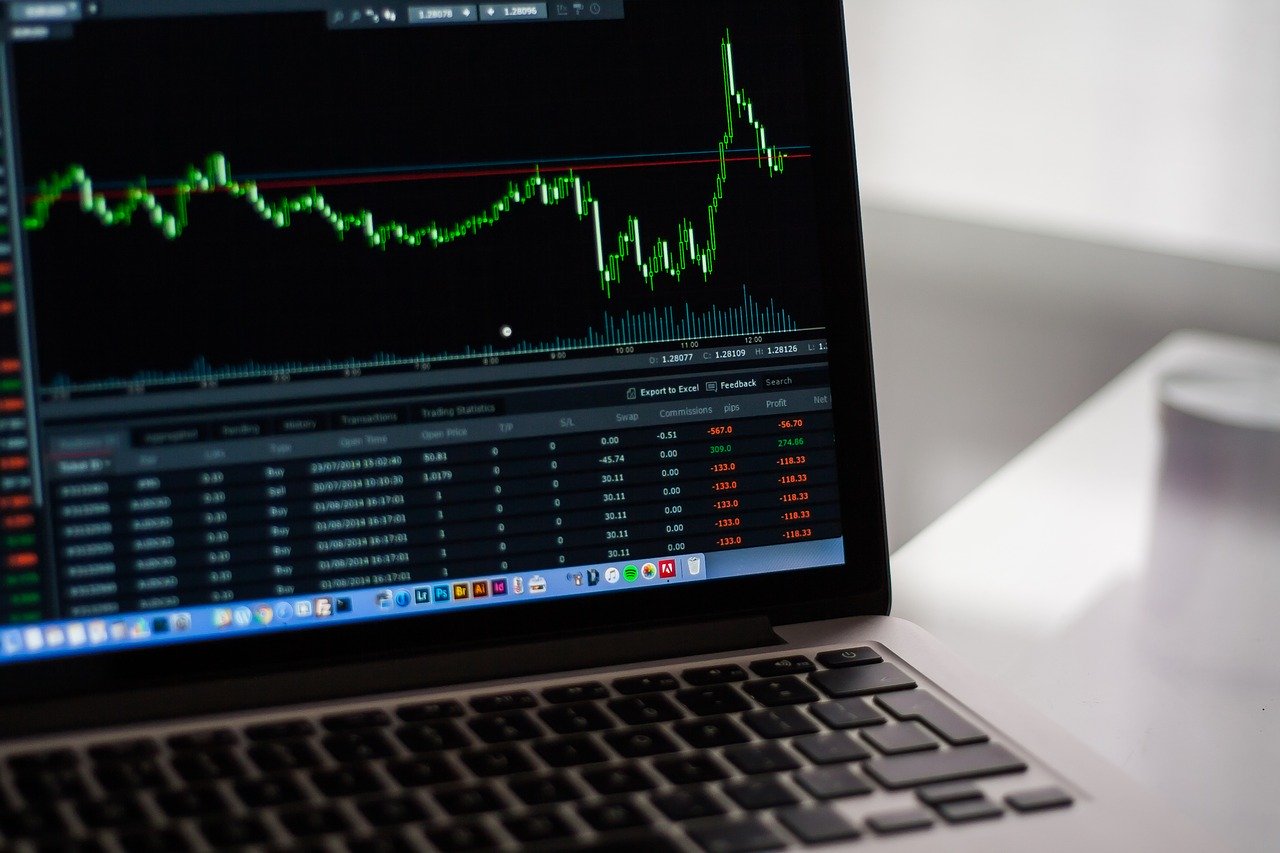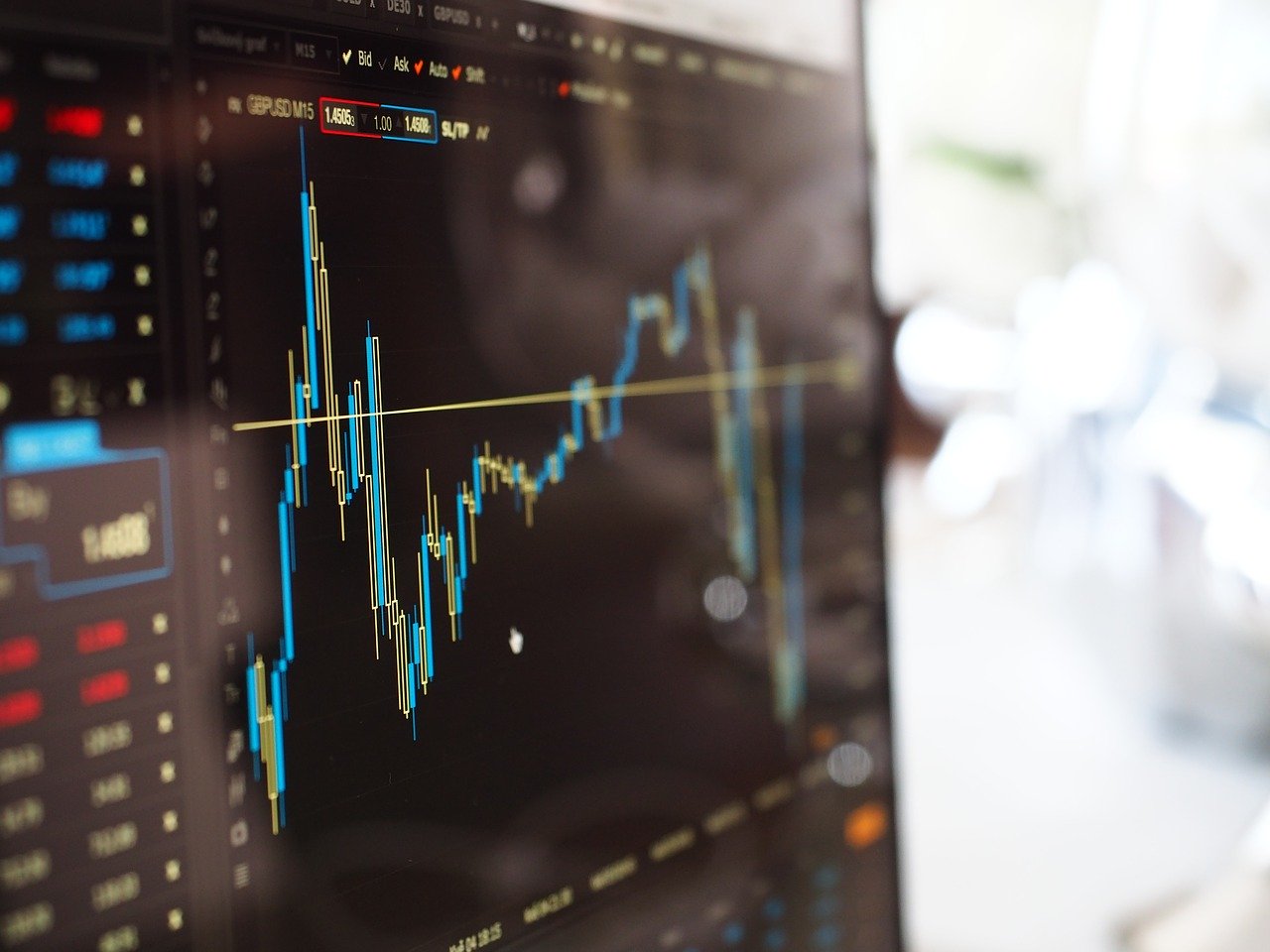I’ve written about this topic a few times before:
Q2 2020 hedge fund letters, conferences and more

- Don’t Become the Market
- On a Concentrated Bond Market
- and, Two Questions on Fixed Income from the Mailbag (the first question only)
What happens when a party or parties take on an investment position that is large relative to the amount they can afford to lose? The above articles handled questions on that for the following crises and mini-crises:
- The London Whale
- Was PIMCO getting too large for the derivatives market?
- The 1993 blowup of the floating rate guaranteed investment contract market
- The demise of The Equitable in 1991.
- Long-term Capital Management
- The Correlation Crisis in 2005 in the CDO market
- AIG and subprime mortgages
But today, the furor is here:
- Softbank bets heavily on option purchases, primarily in tech sector
- The Options-Enhanced Stock Market Money Machine Is Going Global
- and, Nasdaq Whale Theory for Tech Stock Surge Is Stirring Doubts
Whether it is Softbank taking undue risks to play catch-up in a bad year, or many individuals, hedge funds, etc. jumping on a large cap tech momentum trade using stocks and call options (and total return swaps, etc.), there has been a lot of hot money chasing the trade that has dominated 2020.
In the short-run momentum often persists, until it becomes too expensive to hold the momentum asset. Call prices get too high for new entrants, and real money investors start concluding that it is time to take some profits.
Now, if a market is cheap, the purchase of out-of-the-money options can give the market a kick as the option purchases force those that sold the options to hedge them. Though it makes sense to hedge options with options, eventually someone has to either go naked and not hedge, or hedge using common stock.
But, when the market is expensive, and volatility gets higher, the economics of the trade gets harder until the trade reverses, and the momentum effect goes the other way. Softbank may have been foolhardy or desperate, but if they completed their trade last week, that may have been the end to the non-economic buying that started in early August. They may have put in the top for large cap tech.
The same thing happened to tech in 2000, and financials in 2007-8. Or, in the opposite way, European financials were forced by their regulators to sell US stocks at the bottom in 2002. Forced sellers often create market bottoms. Greedy buyers often create market tops.
And why is that? The last one to respond to momentum looks like a fool. But it seems rational at the time, as he does not want to take more losses, or is sick and tired of missing out on the gains.
The main problem is a crowded trade in large cap tech. The current articles focus on derivative trades around that crowded trade, but that is not the issue. By themselves, the creation of derivative positions does nothing. It’s who holds the derivative positions that matters.
- How well are they capitalized?
- Do they have the capability of holding?
- Do they know what to do in a crisis?
If they are thinly capitalized, or have a short time horizon for other reasons, they will follow the momentum closely. As such, the risk of derivatives is akin to credit risk at worst, and crowding at best. When investors act to prevent a worst case scenario, the selling pressure can be severe.
And so, to that end, I say to you “lighten up on your large cap tech positions.” Those who own those positions have short time horizons, and may bolt. There is no way these companies grow into their valuations, so don’t think you can hold on for years. This is just a mania, and as such, it will meet its end.
Article by The Aleph Blog

